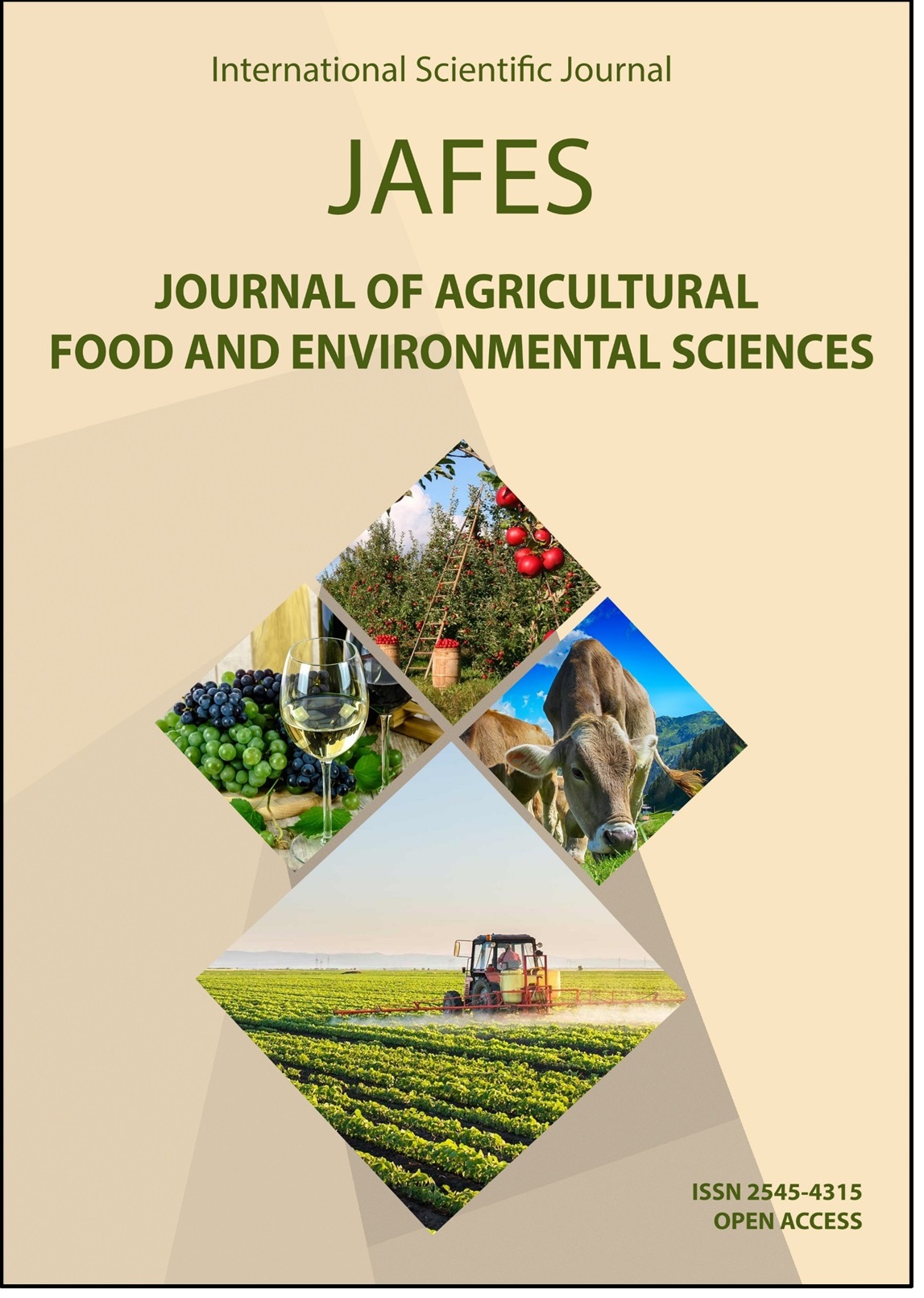BACILLUS SPP. – A POTENT BIOLOGICAL CONTROL AGENTS AGAINST DOWNY MILDEW OF GRAPEVINE
Клучни зборови:
Bacillus spp., control, downy mildew, grapevine.Апстракт
Plasmopara viticola, the causal agent of downy mildew of grapevine, is one of the most devastating and economically most important grapevine pathogens worldwide. In the Republic of North Macedonia, control of downy mildew in grapevine is mainly achieved by application of synthetic fungicides. However, the long-term and continuous use of synthetic fungicides leads to appearance of resistant strains of the pathogen, residues and environmental pollution. Alternatives to chemical control such as the use of biological control agents or resistant cultivars, currently play a small role in controlling this disease. A promising alternative strategy that could replace or be combined with fungicides are biofungicides. The main goal of the experiment was to observe the possibility for biological control of grape downy mildew by the use of two novel biofungicides, Sonata (a.m. Bacillus pumilus QST 2808) and Serenade Aso (a.m. Bacillus subtilis QST 713). Experiment was conducted during the 2019 in two vineyard regions in the Republic of North Macedonia (Demir Kapija and Negotino), on three grape varieties (Merlot, Riesling and Vranec). Both tested biofungicides showed almost equal efficacy, with more than 94% reduction of disease severity index on leaves in Vranec and Riesling varieties and with more than 97% reduction of disease severity index on leaves in Merlot variety. On bunches, both biofungicides achieved 100% reduction of disease incidence and severity index in all three varieties. The results showed that Bacillus pumilus and Bacillus subtilis are potent biological agents and have a prospective use for control of downy mildew in grapevine.



